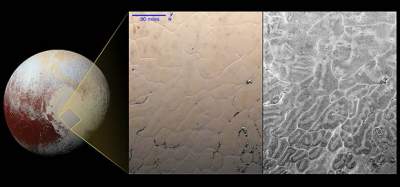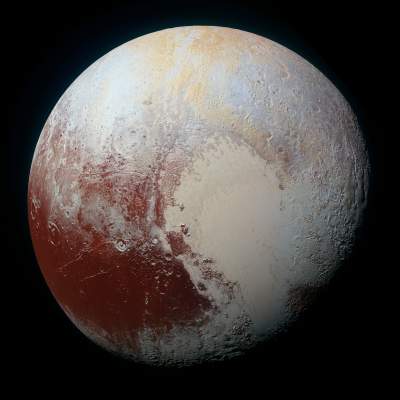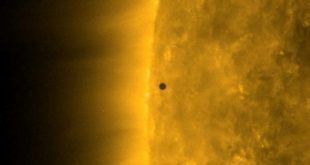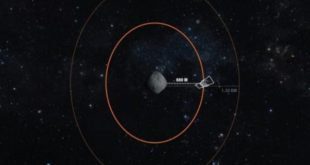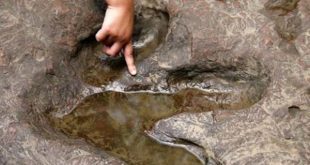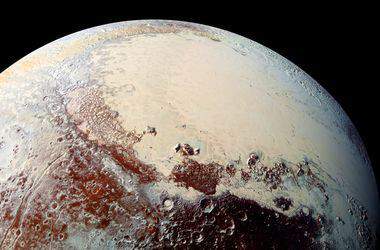 NASA has published images of the surface of Pluto.
NASA has published images of the surface of Pluto.
The New Horizons mission showed processed images “template” area on the plateau of the Satellite of the dwarf planet Pluto. It is reported by NASA.
The plateau of the Satellite is a plain occupying much of the territory in the shape of a heart on the dwarf planet. The plateau is covered with tiles of polygons (“templates”). Their center is lighter and smoother than the darker and embossed edge. This is due, in the opinion of scientists, with nature of the polygons that their centers formed a warmer (compared to the edges) of nitrogen ice, which gradually spread to the borders of the polygons.
The right part presents NASA image obtained by overlaying a couple of pictures of the station’s New Horizons made at different angles to the terrain. The first picture was taken at a distance of 24,75 thousands of kilometers, and the second is 16 thousand kilometers from Pluto. This allowed more detail to trace the geometry of the plateau.
Station New Horizons July 14, 2015, at about 14 kilometers per second close to Pluto on the minimum distance of 12.5 thousand kilometers. At this time the peak of research.
The mission should complete its work in mid-2020. the Main objective of the New Horizons program is to study the dwarf planet Pluto and its satellite Charon. Scientific equipment installed at the plant, we collected data on the atmospheric composition and structure of Pluto’s surface and its interaction with Charon.
Previously, scientists explained the mechanism of formation of nitric geometry blocks on the plateau of the Satellite — irregular polygons. The most realistic scenario for their formation called thermal compression and convection (by the mechanism of Rayleigh — Benard) in the layer of nitrogen ice.
